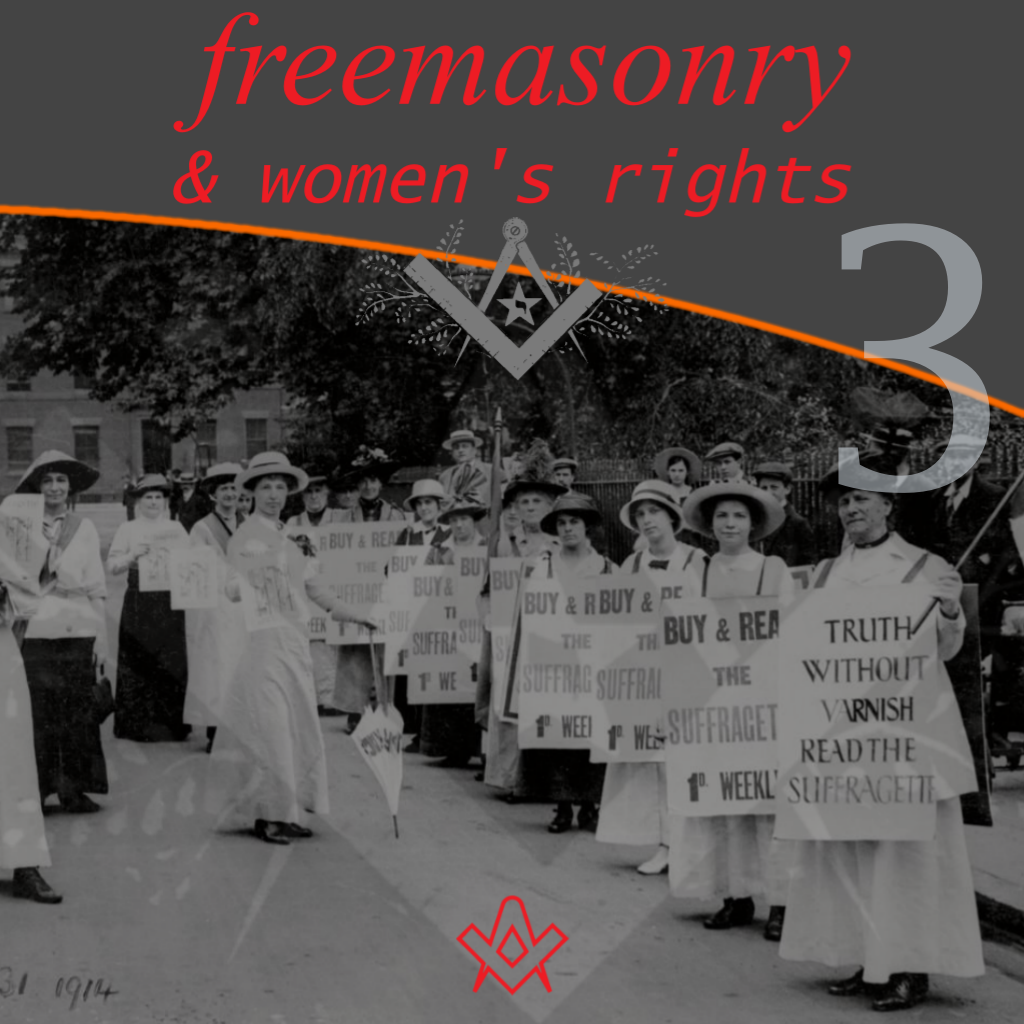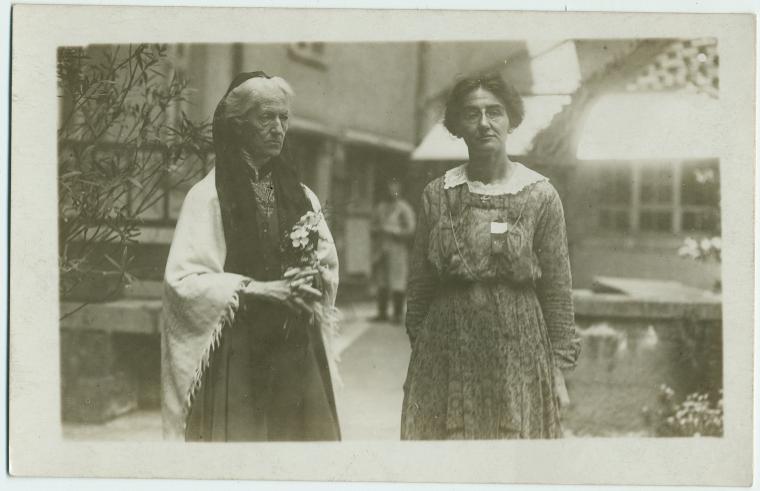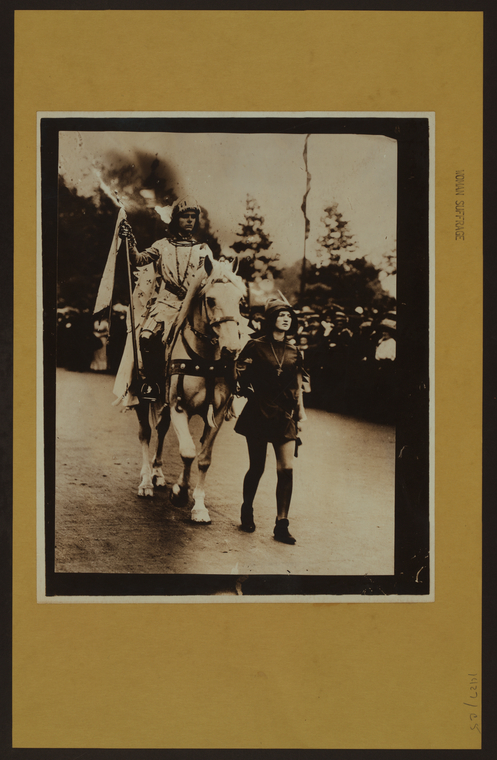In Parts 1 and 2 of this series on Freemasonry and women rights we looked at the main Orders – and their members – who embraced and influenced the women’s rights and suffragette movements in Europe in the late nineteenth and early twentieth century.
From the Lodges of Adoption in the late 1700s, to the breakaway lodges which formed the Grande Loge Symbolique Ecossaise (GLSE), the path of European Freemasonry began to embrace the notion that women could also become members.
By the beginning of the nineteenth century there were established lodges of Co-Masons in France and Britain, which included Le Droit Humain (later to become the International Order of Freemasonry Le Droit Humain).
However, in 1908, some British members within Co-Masonry wanted to distance themselves from certain aspects of the Maçonnerie Mixte and conform more to the Freemasonry of the United Grand Lodge of England; they formed a new Grand Lodge called the Honourable Fraternity of Antient Masonry (HFAM).
The first Grand Master was Rev Dr William Frederick Cobb, but by 1912, there was a further shift in the dynamics when Rev Cobb resigned, thereby giving women a ‘proper place in the Brotherhood of Masonry’.
Marion Halsey was appointed as Grand Master (a position she held until her death in 1927) and from that initial monumental appointment, all successive Grand Masters of HFAM were women.
A year later in 1913, the subject of the Holy Royal Arch reared its head – similar to the situation of the Antients and the Moderns before the Union in the eighteenth century – and yet another split occurred.
Those who wished to include the Royal Arch – notably Elizabeth Boswell-Reid and her daughter Lilian Seton Challen – broke away to form the female-only Honourable Fraternity of Ancient Freemasons (HFAF), and just like the Antients and the Moderns, there were these two Grand Lodges in parallel.
HFAM remained open to both men and women until the early 1920s, when the decision was taken to restrict entrance to women only, and men were no longer permitted to visit.
For over a decade there were several men still in positions of office, but by 1935 the Order had become exclusively female.
But how did Freemasonry – or the Freemasons within it – help to shape and progress the social and political rights and emancipation of women?
In Part 2, we explored how a number of prominent male Freemasons were instrumental in making massive changes through their actions, both within the law and in society.
One may say that these men could have done the same had they not been Freemasons – which is evidently a possibility – but perhaps it was the teachings and working tools of Freemasonry that steered the direction of their humanitarian goals – embodying the Masonic tenets of brotherly love, relief and truth.
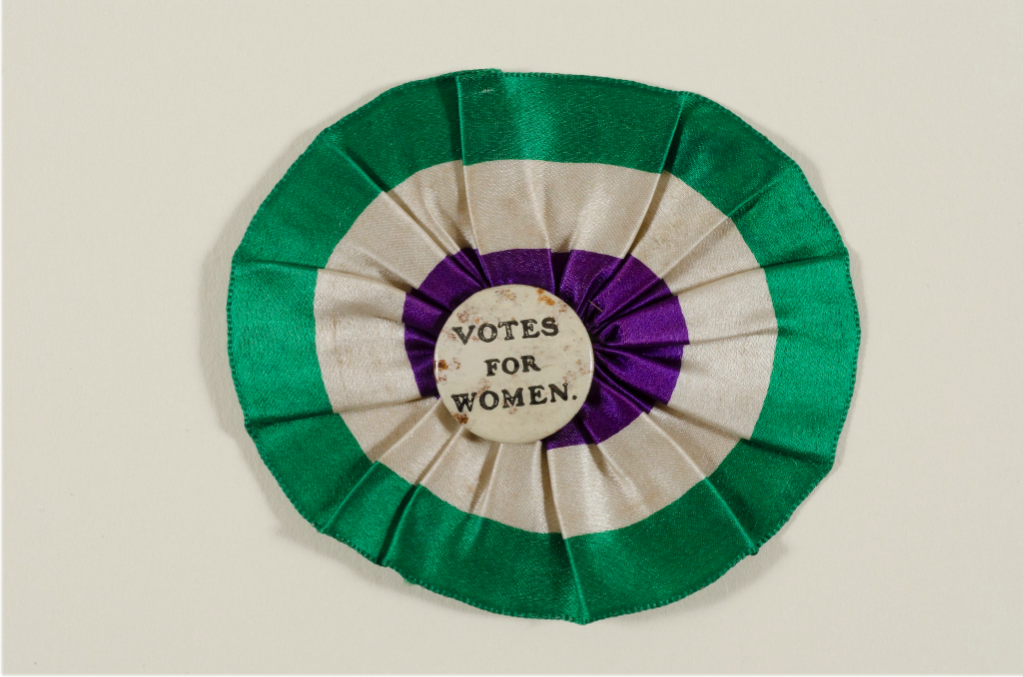
LSE Library Public Domain
IMAGE LINKED: flickr Attribution 4.0 International (CC BY 4.0)
These values also resonated with those influenced heavily by spiritual groups such as the Theosophical Society (TS).
Not only within the Co-Masonic Orders but also in ‘regular’ Freemasonry under the jurisdiction of the United Grand Lodge of England, there were members involved with the TS, either in membership or ideology.
The dedication to equality for both sexes – the belief that there must be duality – was something that appealed to both men and women within Freemasonry and there were certainly a number of men deeply involved in progressing the emancipation of women.
Both Freemasonry and the TS hold close the ideal of universal brotherhood – it was this common bond which cemented the desire by many for the recognition as women as equals.
Order of the EasterN Star
There were other mixed Orders forming across the world, some were what we might consider ‘adoptive’ Masonry such as the Order of the Eastern Star (female members were normally the wives, daughters, widows or mothers of male Master Masons) and others were Co-Masonic Orders aside from Le Droit Humain, including Aimee Bothwell-Gosse’s rather convolutedly named ‘Order of Ancient, Free and Accepted Masonry for Men and Women’ (AFAMMW).
Bothwell-Gosse had been a member of the Supreme Council of Co-Masons in France, reaching the rank of 33rd degree .
She had later been invited to join the Worshipful Society of Freemasons (known as the Operatives); she later became Grand Master of the Order and edited The Co-Mason, a quarterly journal. [i]
She founded the AFAMMW in 1925, along with three other members of the 33 degree of Co-Masonry.
Anne Pilcher-Dayton mentions that ‘four complete lodges plus one complete 18th Degree Chapter (Rose Croix)’ left Co-Masonry with her. [ii]
[Bothwell-Gosse, her Order, the Operatives, and the Order of the Eastern Star will be explored further in forthcoming articles.]
NUWSS Pamphlet – Public Domain
IMAGE LINKED: wikimedia Attribution 4.0 International (CC BY 4.0)
When we look at the increasing numbers of female members in Freemasonry during the first two decades of the twentieth century, we can see clear connections between the Orders, and those involved in women’s rights groups such as the militant Women’s Social and Political Union (WSPU), the National Union of Women’s Suffrage Societies (NUWSS), the Women’s Freedom League (WFL).
The demographics of these women is interesting and in Anne Pilcher-Dayton’s thesis [iii], she includes a detailed analysis of the membership of HFAM which, also using statistics from Olive Banks’ ‘Becoming a Feminist’ [iv] shows that a large percentage of members were not only women’s rights supporters but current activists of varying degrees.
The social status and ideologies of the women is also of interest, and although some of the data in Banks’ analysis of the cohorts of feminists is not as stringent as it could be, there was certainly a predominance in liberal and socialist middle-class women who were listed in her lists of feminist ‘cohorts’ and are known to have been members of the Order, and this could also be surmised to be the case within other Co-Masonic Orders elsewhere.
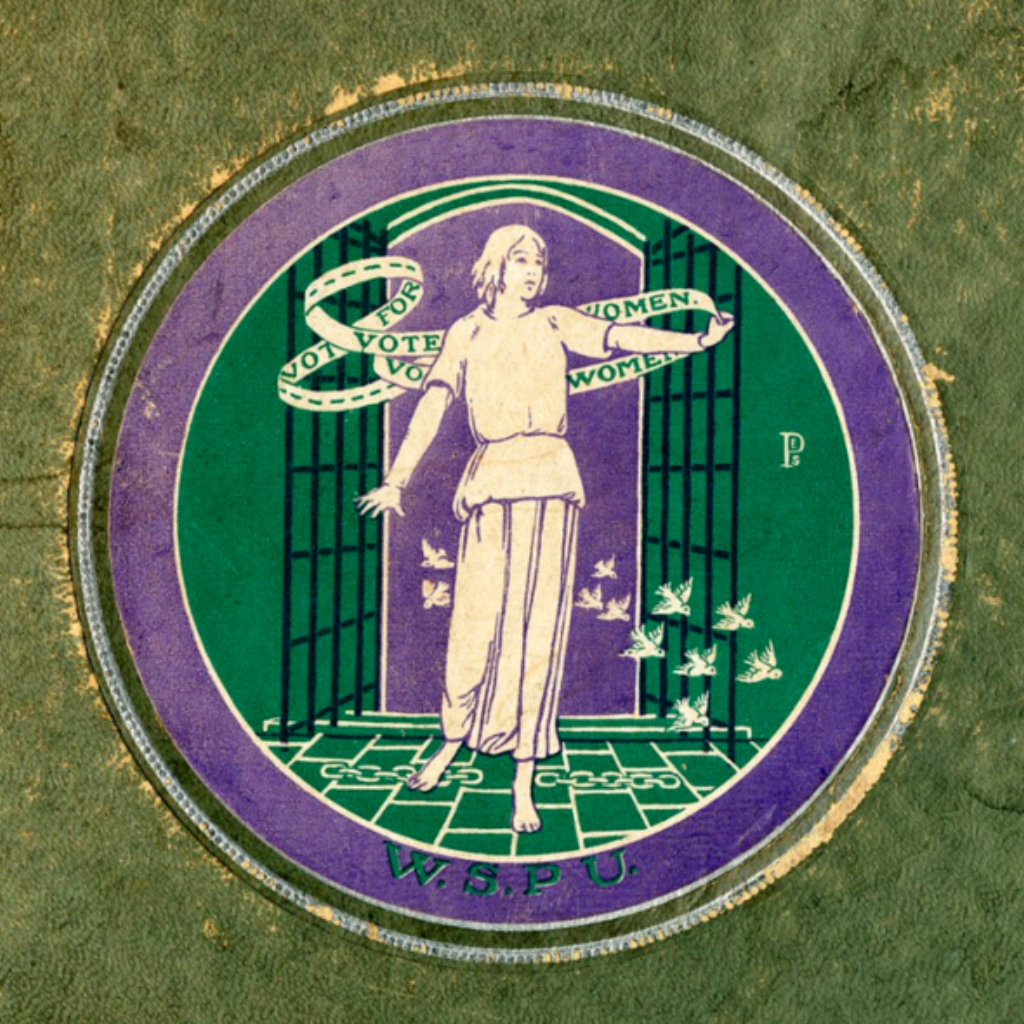
Emblem of the Women’s Social and Political Union (WSPU)
IMAGE LINKED: LSE Library Attribution 4.0 International (CC BY 4.0)
Bank’s statement that the ‘majority of socialist feminists were middle class in social origin’ [v] is on the whole a correct – yet not entirely proven – assumption when the biographical details of the members of HFAM are studied; many were indeed from notably affluent families, or lived in what were considered to be middle-upper class areas.
The issue of class in relation to membership is not entirely surprising as not many lower-class women would not have had the time, money, nor possibly the inclination, to become members of a Masonic Order, it would have been entirely off their social and financial radar.
Considering that membership was ‘one guinea per year’, which equates very roughly in relation to today’s earnings to approx. £442.00 [vi] so not something that would have been affordable to many working class people.
However, Pilcher-Dayton’s study does show that there were 53 ‘working women’ – seven were married and 45 were single and their occupations included, amongst others; authors, journalists, teachers, secretaries, masseuses, a missionary and several doctors. [vii]
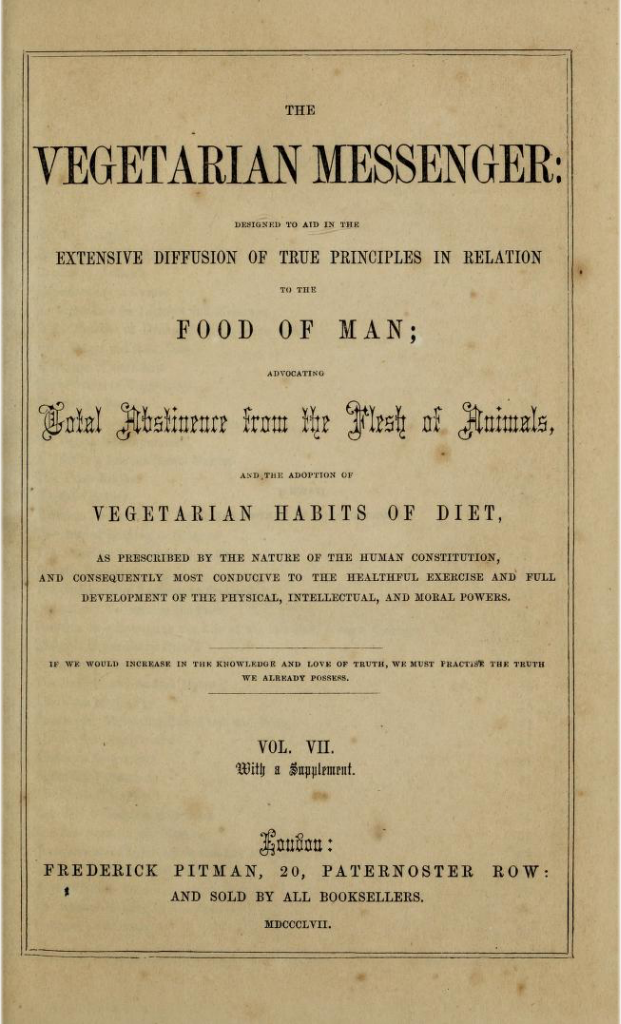
Vegetarian Messenger by the Vegetarian Society Manchester, England), 1849
IMAGE LINKED: Wikimedia Attribution 4.0 International (CC BY 4.0)
It was also evident that social networking was a discerning factor with regard to female membership of Masonic Orders.
Aside from the aforementioned spiritual or esoteric groups such as the Theosophical Society, the Hermetic Order of the Golden Dawn and it’s offshoots, other groups and societies such as the British National Association of Spiritualists, the Vegetarian Society and the socialist Fabian Society were all fashionable and frequented by the kind of men and women who would be drawn to Freemasonry, including HFAM’s Grand Master Marion Halsey and various other titled ladies such as Countess de la Warr, and Lady Emily Lutyens.
The ideology of all these groups, the overlapping values and goals, whether socially or for self-improvement, aligned comfortably alongside the tenets of Freemasonry – charity, universal brotherhood and becoming a better man/woman.

Cat and Mouse Act poster 1914, Women’s Social and Political Union…NOR.
IMAGE LINKED: Wikimedia Attribution 4.0 International (CC BY 4.0)
Co-Masonry in particular was very vocal in its support of the suffrage cause, instilling an almost ‘sacrificial aspect’ to the fight. [viii]
Indeed, those women who endured appalling treatment and brutality during the height of the British suffragette movement, including force-feeding and the introduction of the notorius ‘Cat and Mouse Act’, were seen, amongst supporters, as martyrs and sacrificial lambs to the cause.
Mme. Charlotte Despard, one of the finest British suffragists, seen with a friend
IMAGE LINKED: The New York Public Library Digital Collections. 1890 – 1960 – Attribution 4.0 International (CC BY 4.0)
It was on 17 June 1911, a week before the Coronation of King George V, that there was the ‘one and only public demonstration’ involving women Freemasons [ix], when 40,000+ people moved off from Westminster to the Albert Hall, in what has become known as the Women’s Coronation Procession, marching to their anthem, March of the Women. [x]
The march had been organised by the Women’s Social and Political Union but it also included men who supported women’s suffrage.
It must have been an incredible sight – not only were the women of the main women’s activist groups represented but there was a Historical Pageant and a Prisoner’s Pageant.
“Woman suffrage – [Coronation festivities – Showing a woman dressed in historic costume of Joan of Arc.]
IMAGE LINKED: The New York Public Library Digital Collections. 1911- Attribution 4.0 International (CC BY 4.0)
A blaze of colour and a masterpiece of theatrics, the procession was led by Charlotte Despard and Flora Drummond (known as ‘the General’) who rode on horseback, as did Marjery Bryce, a nineteen year old member of the WSPU who, portraying ‘the perfect woman’, rode in full armour on a white horse in the style of Joan of Arc.
Her sister Rosalind ‘Tiny’ Bryce led the horse dressed as a page.
There were 45 contingents making up the procession; groups of women representing various trades or professions including the National Association of Women Pharmacists.
The Church League for Women’s Suffrage, and Jane Cobden (sister of Annie Cobden-Sanderson, a member of Le Droit Humaine) organised the Indian women’s delegation.
Contingent 35 was formed of the women from the Order of Universal Co-Masonry. In full Masonic regalia, they were fronted by Annie Besant, resplendent and ‘bare-headed in a yellow silk sari’ [xi].
She was accompanied by Lady Emily Lutyens, a fellow Co-Mason and follower of Besant’s prodigy Krishnamurti.
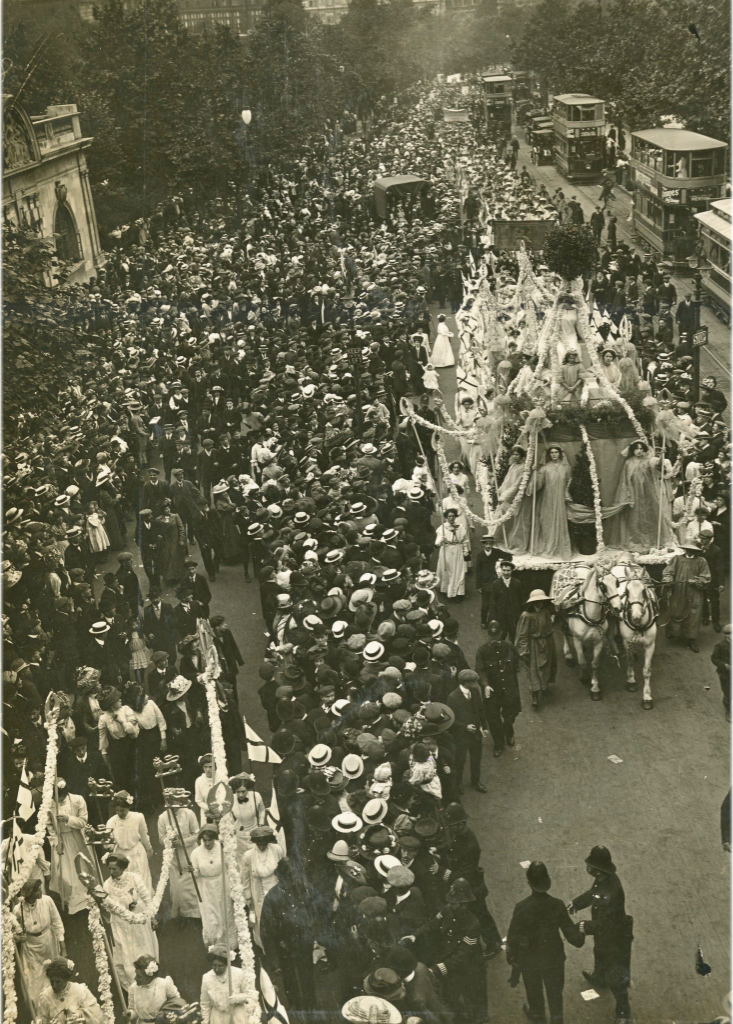
Coronation Procession, 17 June 1911.
IMAGE LINKED: The New York Public Library Digital Collections – Attribution 4.0 International (CC BY 4.0)
The Chemist and Druggist trade journal reported the march as several members had taken part: [xii]
“On Saturday, June 17, over 40,000 women marshalled on the Victoria Embankment, London, whence at 5.30pm they marched by Northumberland Avenue towards Piccadilly, and from there to the Albert Hall, where a mass meeting was held.
It was a magnificent demonstration of the organising abilities of women and of the universality of their desire to get the Parliamentary vote…”
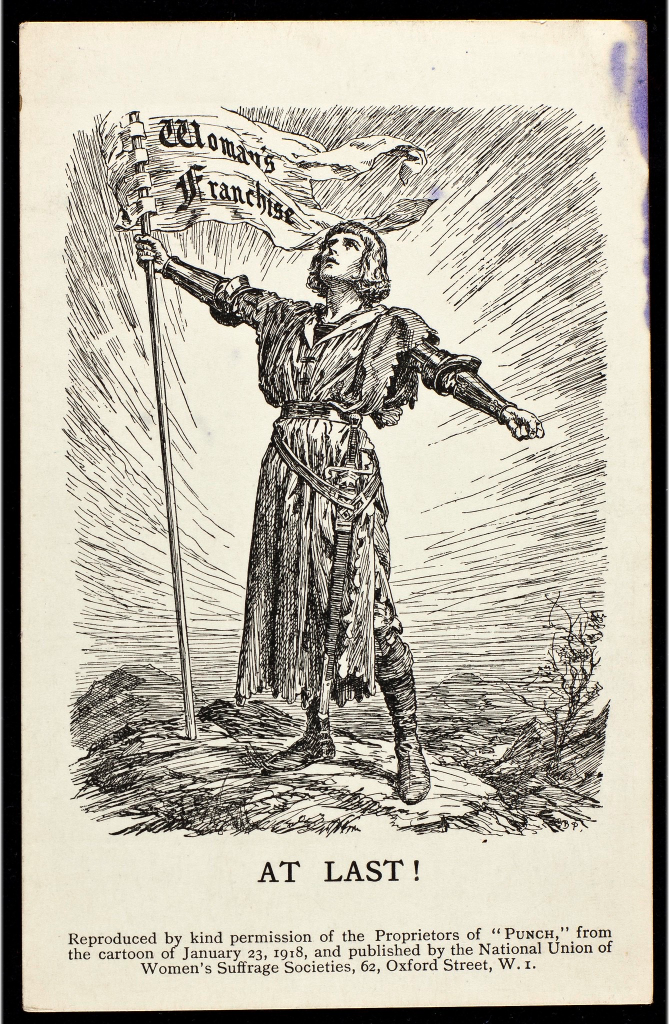
At Last!
IMAGE LINKED: The New York Public Library Digital Collections – Attribution 4.0 International (CC BY 4.0)
Finally, in 1918, British women achieved partial suffrage – they were allowed the vote if they were 30 or above with property qualifications, or as graduates of UK universities.
Men could vote at 21 with no qualifications. But it was only in 1928 that both men and women in Britain were afforded universal suffrage – the right to vote for all adult citizens regardless of wealth, income, gender, race, colour, creed, etc.
Finally, society had caught up with what Freemasonry, in its various forms, had been espousing for over two centuries – universal brotherhood (fraternity) and being on the level (equality).
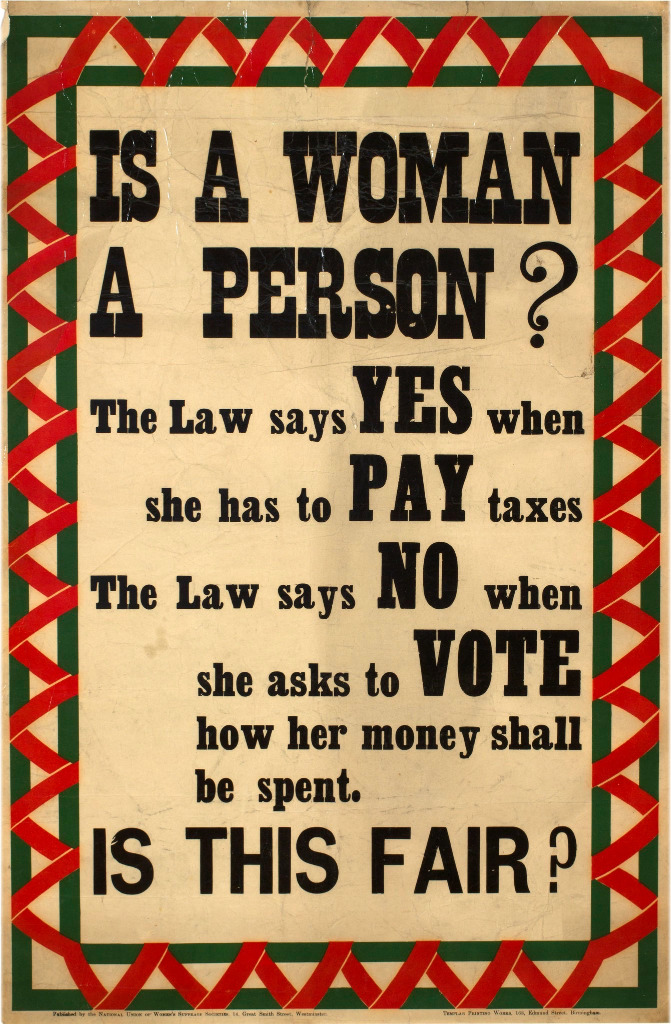
Poster from the NATIONAL UNION OF WOMEN’S SUFFRAGE SOCIETIES, 1911-197
IMAGE LINKED: flickr – Attribution 4.0 International (CC BY 4.0)
In Part 4 of ‘Freemasonry and Women’s Rights’, we will discover the extraordinary legacy of Freemason John Sankey, a prominent lawyer and judge, who in 1929 ruled that women were indeed ‘persons’, and later in 1940 pioneered the ‘Declaration of the Rights of Man’ identifying eleven fundamental human rights, which later formed the basis of the ‘Universal Declaration of Human Rights’.
Further Reading:
Women Freemasons and Feminist causes 1908 – 1935: The Case of the Honourable Fraternity of Antient Masonry, University of Sheffield, 2011
by Ann Jessica Pilcher-Dayton
PDF File online https://etheses.whiterose.ac.uk/15012/1/575742.pdf
Footnotes
Resources
[i] J. Rasoletti and E. Lancee, We Three or Such as We, Koog aan de zaan, NL, 2008, pp. 48-64. Cited in Pilcher-Dayton, p. 64
[ii] Ann Pilcher Dayton, ‘Women Freemasons and Feminist causes 1908 – 1935: The Case of the Honourable Fraternity of Antient Masonry’, University of Sheffield, 2011 p. 64
[iii] ibid, p. 70
[iv] Banks, Olive, Becoming a Feminist: The Social Origins of ‘First Wave’ Feminism (Athens, Georgia, 1986).
[v] Banks, Olive, cited in Ann Pilcher Dayton, p. 75
[vi] “Five Ways to Compute the Relative Value of a UK Pound Amount, 1270 to Present,” MeasuringWorth, 2021. www.measuringworth.com/ukcompare/accessed 29/08/2021
[vii] Pilcher-Dayton, p. 111
[viii] Ibid, p. 135
[ix] Ibid p.147
[x] Ibid p.148
[xi] Ibid p.149
[xii] Briony Hudson, “Women pharmacists demand the vote” https://wayback.archive-it.org/16107/20210312225236/
http://blog.wellcomelibrary.org/2015/10/women-pharmacists-demand-the-vote/ accessed 29/08/2021
Article by: Philippa Lee. Editor

Philippa Lee (writes as Philippa Faulks) is the author of eight books, an editor and researcher.
Philippa was initiated into the Honourable Fraternity of Ancient Freemasons (HFAF) in 2014.
Her specialism is ancient Egypt, Freemasonry, comparative religions and social history. She has several books in progress on the subject of ancient and modern Egypt. Selection of Books Online at Amazon

Women’s Agency and Rituals in Mixed and Female Masonic Orders
By: Alexandra Heidle (Author), J a M Snoek (Author)
Women have been structurally part of the masonic enterprise from at least the middle of the 18th century.
Yet, little is known about the ways in which they themselves obtained and exercised power to influence the systems they were involved in, in order to adapt them to be more appropriate to their needs.
This volume intends to concentrate on two aspects: Women’s agency (i.e. the power women gained and exercised in this context) and rituals (i.e. the role of men and women in changing and shaping the rituals women work with).
These two aspects are closely related, since it requires some agency to realise changes in existing rituals.
Recent Articles: Women Freemasons
 Freemasonry and Women's Rights - P4 The Freemason judge who ruled women were 'persons' |
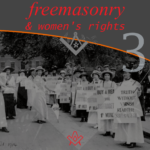 Freemasonry and Women's Rights - P3 Who embraced and influenced the women’s rights and suffragette movements in Europe in the late nineteenth and early twentieth century |
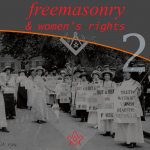 Freemasonry and Women's Rights - P2 Second part, in the introductory series exploring the history of mixed, Co- and female Freemasonry, and how the fraternity and its members helped progress the emancipation and rights of women. |
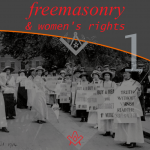 Freemasonry and Women's Rights - P1 A two-part introductory series exploring the history of mixed, Co- and female Freemasonry, and how the fraternity and its members helped progress the emancipation and rights of women. |
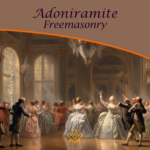 Adoniramite Freemasonry, also known as Adoptive Freemasonry, emerged in 18th-century France as a unique initiation system for women. Mimicking the secrecy and symbolism of regular Freemasonry, these Lodges of Adoption attracted noblewomen, literary figures, and even royalty. Explore the origins, rituals, and controversies surrounding this intriguing branch of Freemasonry. |
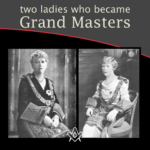 Two ladies who became Grand Masters Who were the two ladies, mother and daughter who become Grand Masters of Honourable Fraternity of Ancient Freemasons |
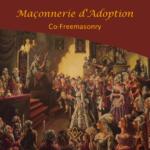 A look at Adoptive Lodges that were established in France for the initiation of females; a short Extract from the Encyclopedia Of Freemasonry |
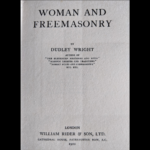 Published in 1922, this interesting, and whimsical book was penned by Dudley Wright |
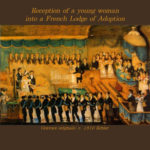 Look at the History of Women in Freemasonry. Although Several women had been introduced to Freemasonry prior to the 18th century, it was more by accident than invitation. |
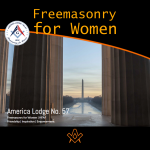 The Great American Experiment, a film by HFAF documenting the Consecration and Installation of Officers of America Lodge No. 57 on May 25, 2019 |
masonic knowledge
to be a better citizen of the world
share the square with two brothers

click image to open email app on mobile device


